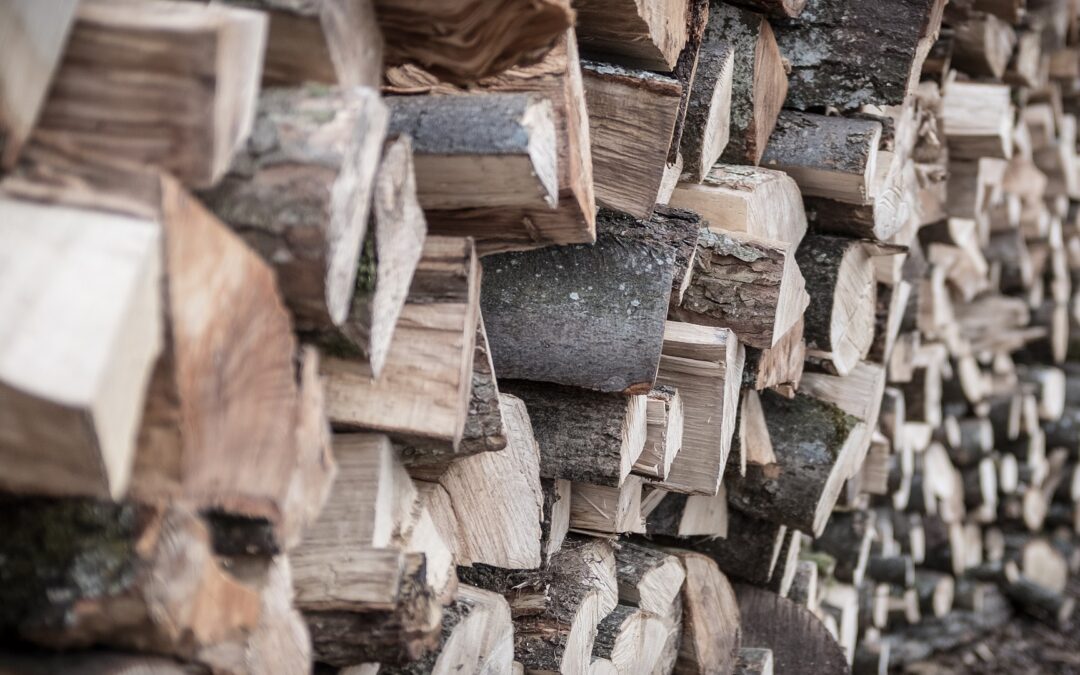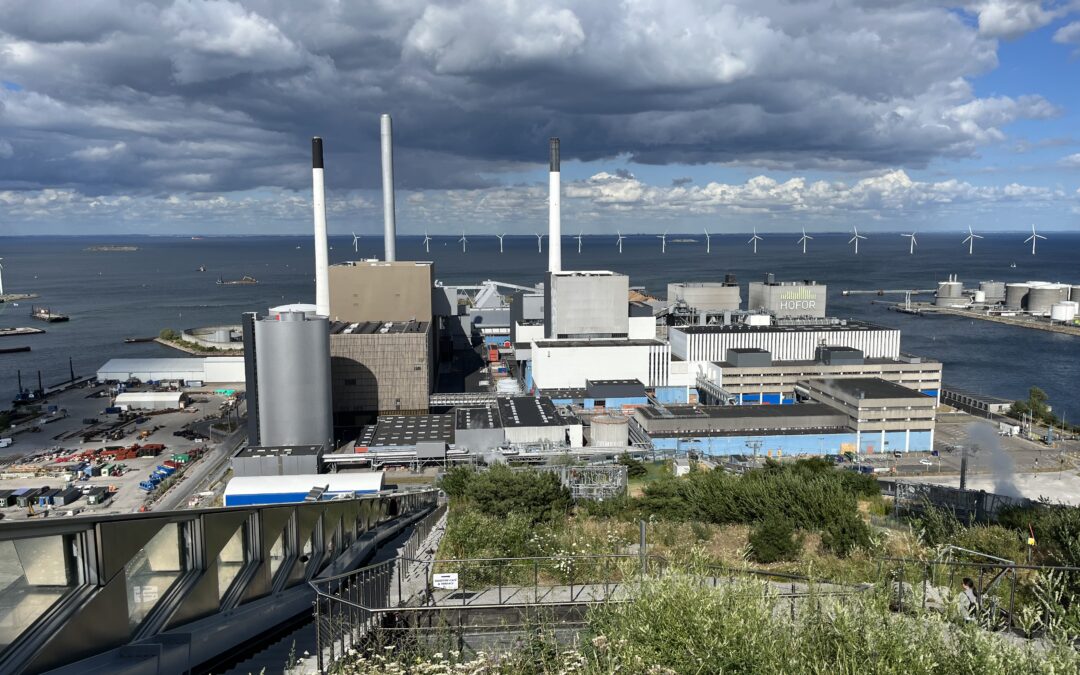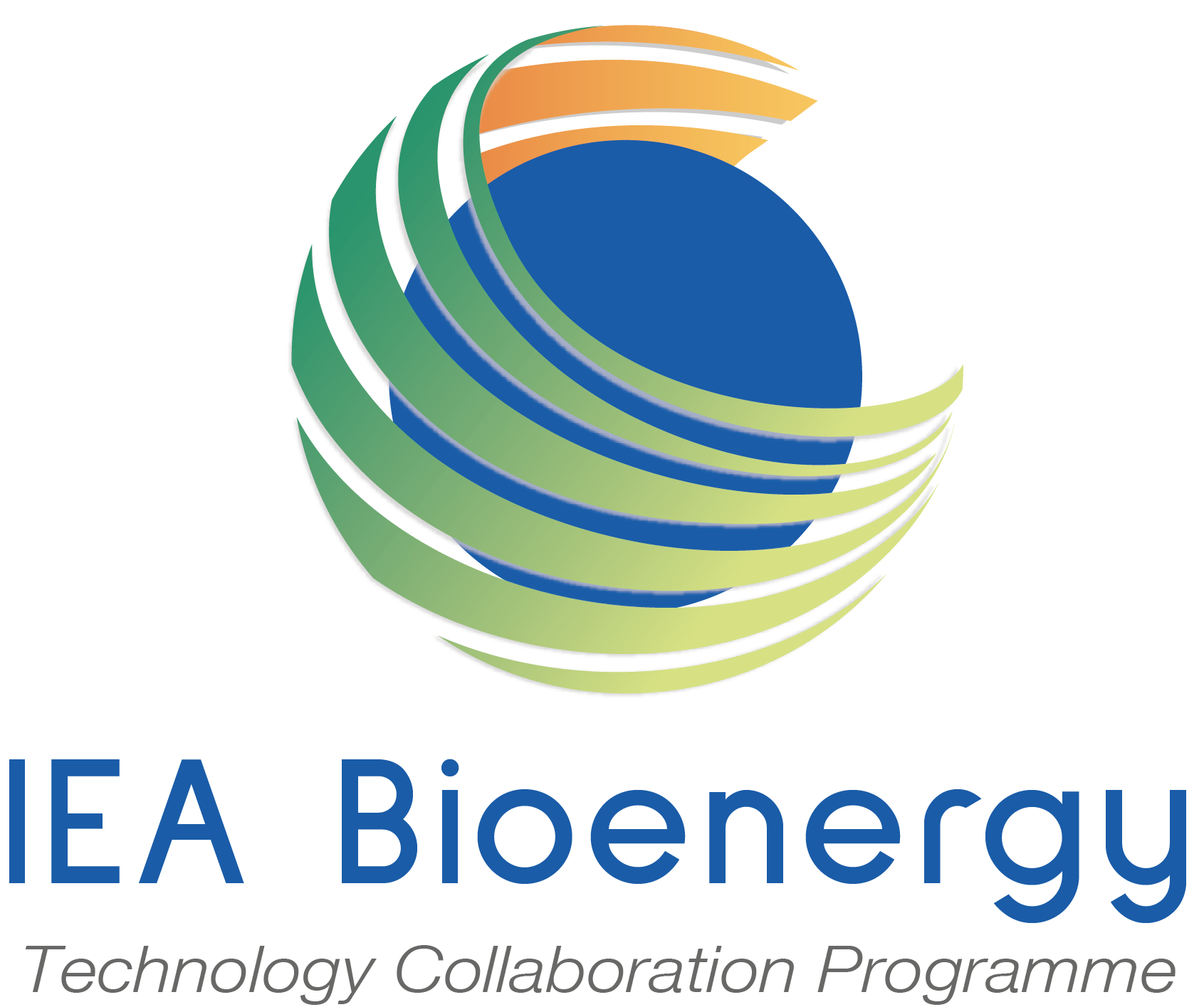Within the IEA Bioenergy Technology Collaboration Programme, Task 32 Biomass Combustion works on further expansion of the use of biomass combustion for heat and power generation. Task 32 puts special emphasis on small scale heating units and medium to large scale CHP plants as well as co-firing biomass with coal in traditional coal-fired boilers. This is done by generating and disseminating information on technical and on non-technical barriers and anticipated solutions.
News and Highlights

Workshop on 29 February in Verona: Sustainable low emission wood stoves – recent developments and proper operation
Together with AIEL, Task 32 is hosting a workshop as a part of the Progetto Fuoco 2024 industry fair on wood and wood pellet stoves. The workshop takes place from 14.30 to 16.30 on Thursday February 29 at the Conference Room Pavilion 6, at Progetto Fuoco, Verona...
Task 32 hosts Expert Round Table in Alaska
On Thursday, October 5th, IEA Bioenergy Task 32 (Biomass Combustion) held an Expert Round Table Discussion in Fairbanks, Alaska, with the title "Strategies for Reducing Air Pollutants from Wood Combustion in Stressed Regions". Wood combustion, particularly in...
Recent Events
Expert Round Table Discussion: Strategies for Reducing Air Pollutants from Wood Combustion in Stressed Regions
IEA Bioenergy Task 32 (Biomass Combustion) held an Expert Round Table Discussion at Pike's Waterfront Lodge in Fairbanks, Alaska. It was a hybrid event, with speakers present in Fairbanks and online, and with an online audience. Wood combustion, particularly in...

Workshop: Biomass combustion and CCUS on 21st September 2023
Bioenergy combined with carbon capture and utilisation or storage, also known as BECCUS is a concept that has been discussed in climate change mitigation research for quite some time. During the last five years the implementation has become the subject of serious...
Latest Publications and Reports
Summary from Expert Roundtable: Strategies for Reducing Air Pollutants from Wood Combustion
Summary from Expert Roundtable held in Fairbanks, Alaska, on 5 October 2023.
Low emission operation of automatic wood boilers operated in cascades
This report concerns installation of cascades of three or more usually identical serial devices of smaller wood boilers as an alternative to industrial boilers, and how their operation affects emissions. Cascades of smaller boilers can be used where space is more...
The IEA Bioenergy Technology Collaboration Programme (TCP) is organised under the auspices of the International Energy Agency (IEA) but is functionally and legally autonomous. Views, findings and publications of the IEA Bioenergy TCP do not necessarily represent the views or policies of the IEA Secretariat or its individual member countries.


